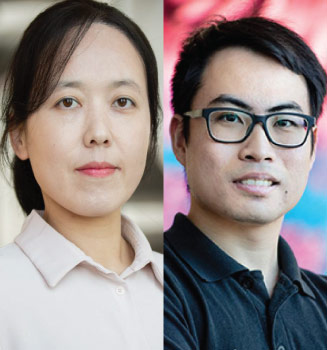Computer Science
Harnessing the particle-tracking power of the algorithm
A simple camera system paired with a sophisticated image-processing algorithm can achieve faster and more accurate reconstructions of particle flow.
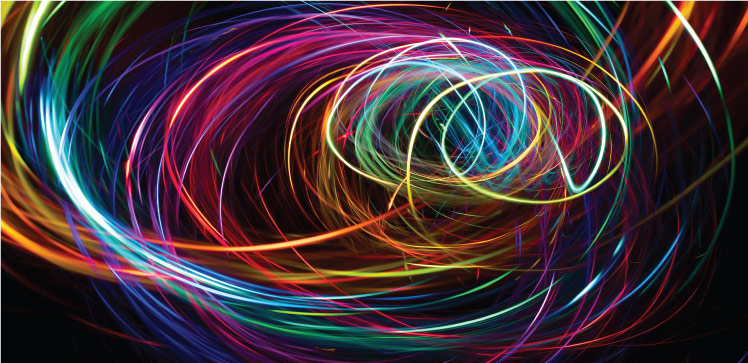
By replacing a complex hardware setup with simple hardware paired with optimized image processing, researchers from KAUST have developed a faster and more accurate three-dimensional (3D) particle-tracking system.
Observing the 3D motion of particles in flow is important in studies of aerodynamics, fluid flow and molecular dynamics. Conventionally, this is performed using a complicated arrangement of multiple cameras, the images from which are analyzed and compared to reconstruct the motion of individual particles in 3D space over time. However, due to the complexity of the setup and the need for frequent and finicky calibration, such 3D particle velocimetry systems are often large, expensive and difficult to use.
Holography offers a promising simpler alternative. In this approach, the particles are illuminated with a laser beam and the particle image is captured by a single camera. As the laser light diffracts around each particle, the 3D location of the particle can be measured from the size of the diffraction ring in the image. However, while the hardware for such a system is well established, the software for reconstructing the particle flow is still in its infancy.
Ni Chen and Congli Wang in Wolfgang Heidrich’s group have now developed an optimized particle-motion reconstruction algorithm that could greatly expand the adoption of digital holographic particle velocimetry.
“Inline holography requires fewer components, has a much simpler setup, can be easily used with microscopes and offers a higher spatial resolution, but is harder to solve numerically,” explains Wang. “We have shown that we can achieve the same or even better performance than conventional methods by using sophisticated software algorithms.”
Previous particle-motion reconstruction algorithms analyzed particle location and motion in separate sequential steps. The research team developed a numerical algorithm called Holo-Flow that solves both location and motion in parallel, cross-feeding the information in each step. Not only does this improve the accuracy and quality of the flow reconstruction, it also allows the algorithm processing to be parallelized for much faster computation.
“This work shows the potential of computational image processing where the hardware and software are jointly considered as a whole for encoding and decoding target information,” says Wang, who will continue his research as a postdoc at the University of California, Berkeley. “Using this method with a simple inline holography setup, we can reconstruct a flow field in a few seconds instead of hours on a single graphics processor.”
References
-
Chen, N., Wang, C. & Heidrich, W. Snapshot space-time holographic 3D particle tracking velocimetry. Laser Photonics Review 15, 2100008 (2021).| article
You might also like
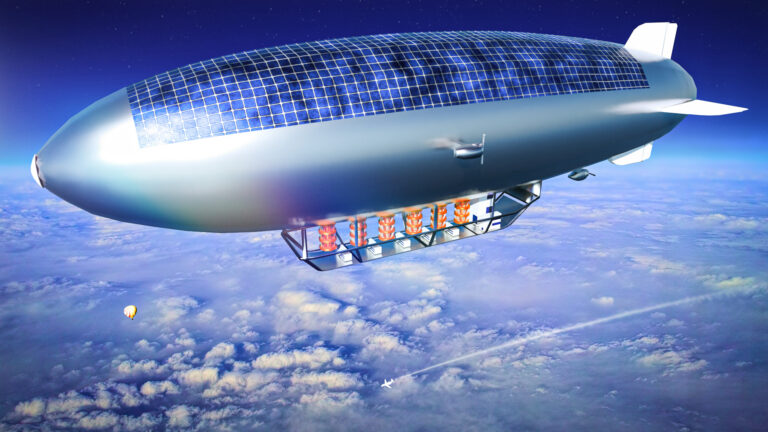
Computer Science
Green quantum computing takes to the skies
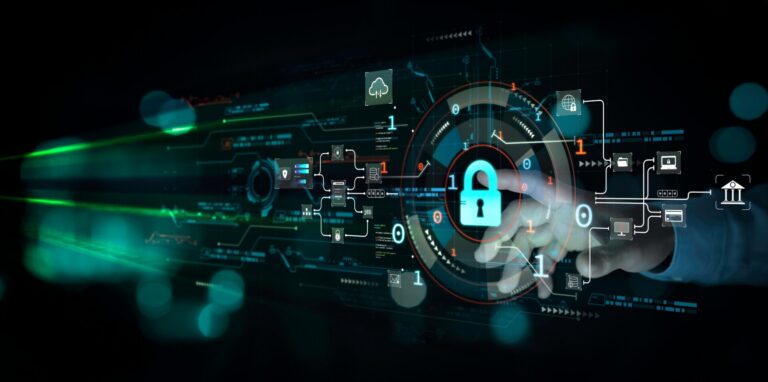
Computer Science
Probing the internet’s hidden middleboxes

Bioscience
AI speeds up human embryo model research
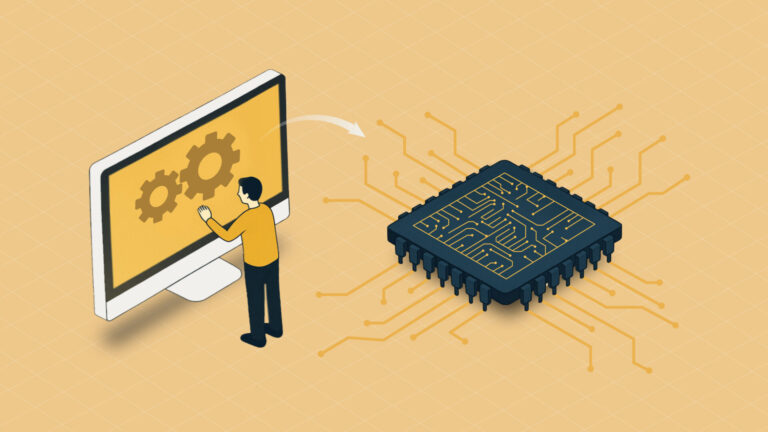
Computer Science
Improving chip design on every level

Computer Science
Sweat-sniffing sensor could make workouts smarter

Computer Science
A blindfold approach improves machine learning privacy
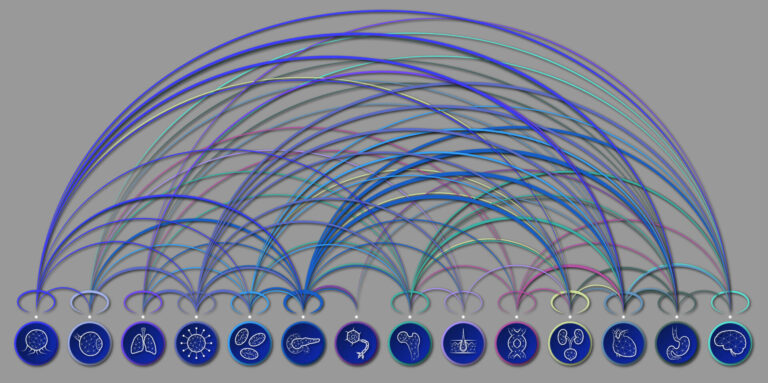
Computer Science
AI tool maps hidden links between diseases

Bioscience




